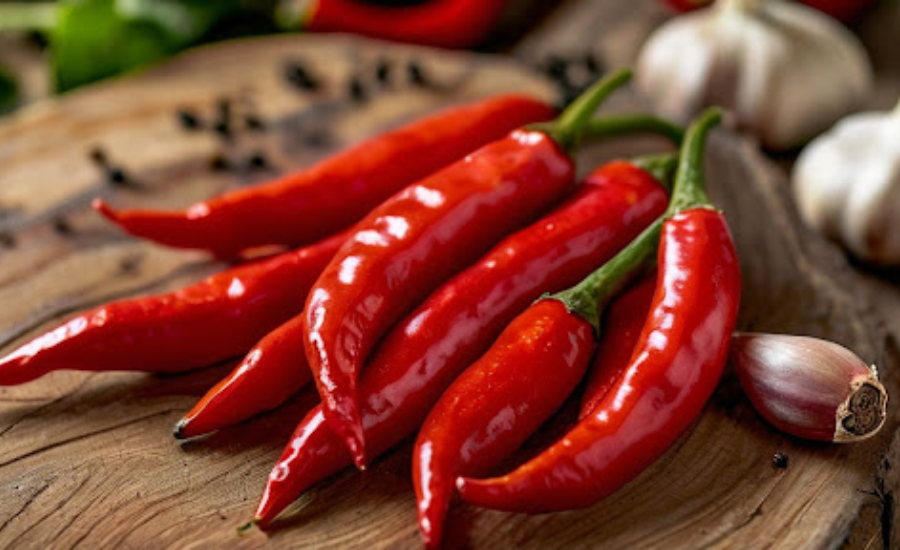Spices play a key role in elevating the taste of our food, and while common ones like black pepper or paprika often come to mind, there’s a standout spice you may not be familiar with—penosia chili. This remarkable chili offers not only a burst of flavor but also an intriguing element that can add excitement to your meals. In this article, we’ll explore what makes penosia chili unique, its potential health benefits, how you can incorporate it into your recipes, and why it deserves a spot in your kitchen. Let’s begin this flavorful exploration!
Discovering Penosia Chili: Origins And Distinctive Features
Penosia chili is a captivating pepper known for its bold red color and distinctive shape. Grown primarily in select areas of Central and South America, this chili flourishes in the nutrient-rich soil and warm climates of these regions, where it enjoys plenty of sunlight and favorable conditions.
Farmers have nurtured this pepper for generations, often adhering to time-honored cultivation techniques. The result is a chili that has garnered attention not only for its flavor but also for its deep-rooted cultural importance.
What makes Penosia chili truly special? It’s more than just its heat level. Its flavor profile is multifaceted, offering a smoky undertone complemented by a subtle sweetness. This complexity makes it an excellent choice for those looking to elevate their culinary creations, adding depth and dimension to a wide range of dishes.
As its popularity spreads globally, chefs are incorporating Penosia chili into contemporary cuisine, giving a nod to its heritage while experimenting with new and creative applications. From local farms to the tables of gourmet restaurants, this pepper’s journey reflects its growing appeal and culinary versatility.
The Heritage Of Penosia Chili: A Symbol Of Tradition And Flavor
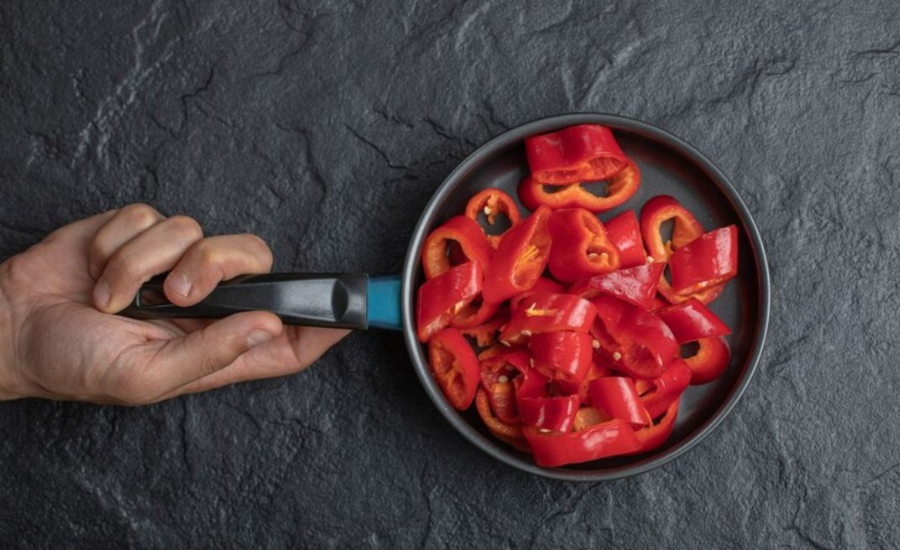
The history of Penosia chili is intertwined with the cultural and culinary practices of South America’s indigenous communities. For centuries, these communities have cultivated the pepper, not only as a source of sustenance but also for use in rituals and traditional medicine.
The methods of growing and harvesting Penosia chili have been carefully handed down through the generations, preserving its role in the local culture. As global trade expanded, this remarkable chili began to make its way beyond its native regions, capturing the interest of people far and wide.
Today, Penosia chili is a symbol of both culinary innovation and tradition. It continues to be cherished for its rich history and its ability to inspire creativity in modern kitchens. Many chefs around the world are embracing this ingredient, paying tribute to its cultural significance while reimagining it in new and exciting dishes.
More than just a pepper, Penosia chili embodies stories of cultural identity and community. With every bite, it offers a taste of the past and a connection to the traditions of the people who have cultivated it for centuries—a living testament to its lasting impact on both food and culture.
The Roots Of Penosia Chili
Penosia chili boasts a deep history that originates in the fertile farming regions of South America. This particular chili variety flourishes in hot, sun-drenched climates, making it a perfect fit for areas where temperatures remain consistently warm throughout the year. The name “Penosia” is derived from an ancient local term meaning “fiery essence,” a fitting description for its bold and intense flavor.
For centuries, this chili was a staple in South American cuisine, gradually becoming a beloved ingredient. As time passed, the distinctive qualities of Penosia chili garnered international attention, and it began making its way into kitchens across Europe and Asia. Today, it’s a prized ingredient for both professional chefs and home cooks who want to infuse their dishes with a unique, flavorful heat. The chili’s balanced combination of spice and sweetness sets it apart from other varieties.
Unique Features Of Penosia Chili
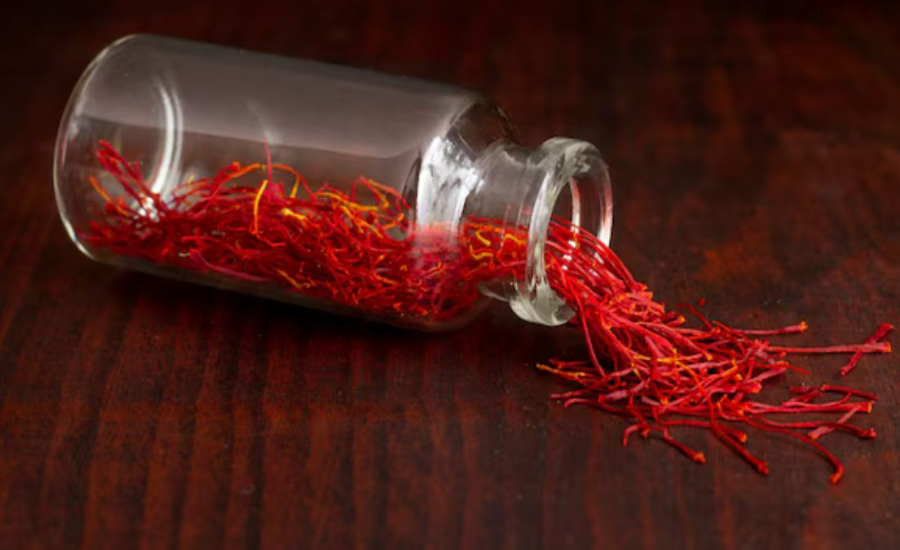
So, what distinguishes Penosia chili from other peppers? To start, its appearance is particularly eye-catching. The chili is slender and compact, typically measuring between 1 to 2 inches in length. When fully mature, its bright red hue makes it a vibrant addition to any dish. While its skin is smooth and glossy, the pepper conceals a fiery punch within, capable of transforming the flavor of any meal.
When it comes to taste, Penosia chili offers a balanced fusion of heat and subtle sweetness. Unlike extremely hot peppers, such as the Carolina Reaper, Penosia chili delivers a moderate, enjoyable spiciness. This makes it a go-to for those who appreciate a noticeable kick without the overwhelming intensity of hotter varieties.
With a Scoville Heat Unit (SHU) range of 30,000 to 50,000, Penosia chili strikes the perfect balance between moderate heat and versatility. While it’s not the spiciest chili out there, it’s just hot enough to elevate the flavors of soups, sauces, marinades, and more, adding a distinctive flair to your culinary creations.
How To Incorporate Penosia Chili Into Your Cooking
Using Penosia chili in your kitchen is both simple and exciting. Here are some easy ways to bring this unique spice into your dishes:
- Add It to Sauces and Salsas One of the best ways to enjoy Penosia chili is by incorporating it into sauces and salsas. Whether you’re whipping up a fresh salsa for tortilla chips or crafting a spicy sauce for grilled meats, adding chopped Penosia chili can take the flavor to the next level. The chili’s balance of sweetness and heat enhances the vibrancy of your sauces, making them irresistibly flavorful.
- Season Meats with It For grill enthusiasts, Penosia chili powder is a great seasoning for meats. Whether you’re preparing burgers, steaks, or chicken, a light sprinkle of this chili powder can add a delicious kick. Start with a small amount to gauge the heat level, and increase it if you want more spice.
- Enhance Soups and Stews Penosia chili can also work wonders in soups and stews. Adding a few chopped chilies while your dish simmers allows the flavor to infuse into the broth, giving it a warming depth that makes for a comforting and flavorful meal.
- Spice Up Vegetarian Dishes If you enjoy vegetarian meals, Penosia chili is a fantastic addition to stir-fries, vegetable tacos, or salads. Its heat complements the fresh flavors of vegetables, adding a perfect contrast to your dish. Adjust the amount based on your preferred spice level for a well-balanced, tasty meal.
Cooking Tips For Penosia Chili
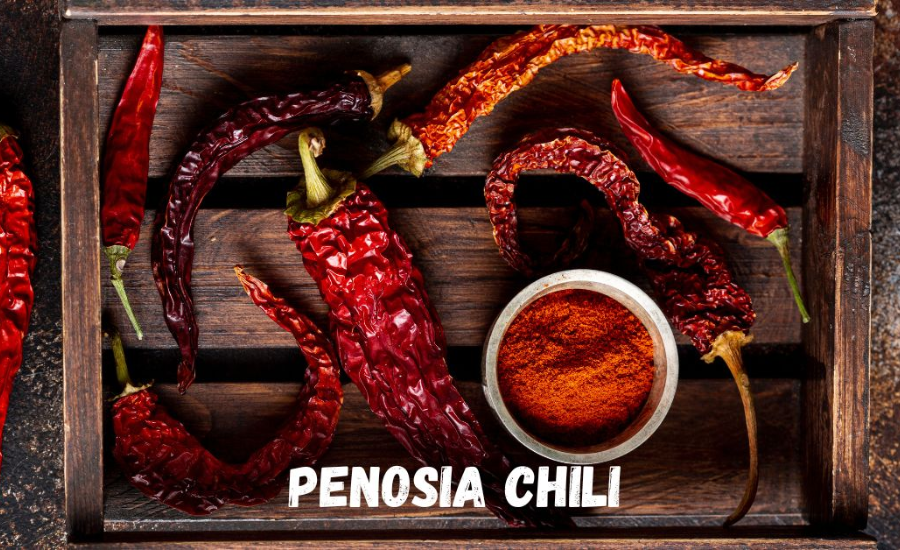
When working with Penosia chili in your kitchen, a few simple tips can help you make the most of this versatile spice:
- Balance the Heat: If you’re not used to spicy foods, start with a small amount of Penosia chili. You can gradually add more to reach your desired spice level.
- Pair with Dairy: If the heat becomes too intense, incorporate dairy products like yogurt or sour cream. These can help neutralize the spiciness and provide a cooling effect.
- Use Fresh or Dried: Penosia chili is available in both fresh and dried forms. Fresh chilies offer a crunchy texture, while dried ones can be ground into a powder for seasoning a variety of dishes.
- Experiment in the Kitchen: Don’t hesitate to get creative. Try adding Penosia chili to pasta, rice dishes, or even as a topping on pizza to give your meals a flavorful twist.
Why Penosia Chili Deserves a Spot in Your Kitchen
Penosia chili isn’t just another spice—it’s a culinary experience. It adds warmth, complexity, and even a hint of tradition to your dishes. The next time you’re cooking, consider swapping out your usual spices for Penosia chili to give your meals a unique and memorable flavor.
Not only does it bring an exciting taste to your food, but Penosia chili also offers various health benefits. Incorporating this chili into your meals can boost both the flavor and nutritional value of your dishes. Additionally, growing Penosia chili at home can be a rewarding endeavor, giving you access to fresh, homegrown chilies.
Beyond The Kitchen: Unconventional Uses of Penosia Chili
Penosia chili offers more than just culinary excitement—it also serves a variety of surprising purposes outside the kitchen. Many cultures have used this vibrant pepper in traditional remedies, thanks to its believed antioxidant properties that may support immune health.
In gardening, Penosia chili has proven to be an effective, natural pest repellent. Its potent aroma keeps insects at bay, providing an eco-friendly alternative to chemical pesticides.
Additionally, creative enthusiasts have embraced Penosia chili for its decorative potential. Dried chilies can be woven into beautiful wreaths or garlands, adding a rustic, vibrant charm to home décor.
Some even venture into aromatherapy by crafting chili-infused oils. The warming, spicy scent of Penosia chili can enhance relaxation practices, such as meditation or yoga, adding a unique sensory dimension to the experience.
Its versatility extends far beyond flavor, making Penosia chili a valuable and multifunctional addition to everyday life.
Finding And Storing Penosia Chili: Tips For Shoppers
Discovering Penosia chili can be an enjoyable culinary journey. Start by exploring specialty markets or grocery stores that focus on global cuisine, as these are likely to stock this unique pepper.
Local farmers’ markets can also be a good resource, especially when the chili is in season. Establishing connections with farmers can lead to fresh and sometimes organic options.
For those shopping online, many retailers focus on rare spices and chilies. Be sure to check customer reviews to ensure the quality of your purchase.
When it comes to storage, Penosia chili should be kept in an airtight container, away from direct sunlight and heat, to preserve its flavor. Dried Penosia chilies can last even longer when refrigerated or frozen, especially if you’re storing them in bulk. Fresh chilies, on the other hand, should be used within a week or two, depending on how well they are stored.
Cooking Adventures With Penosia Chili
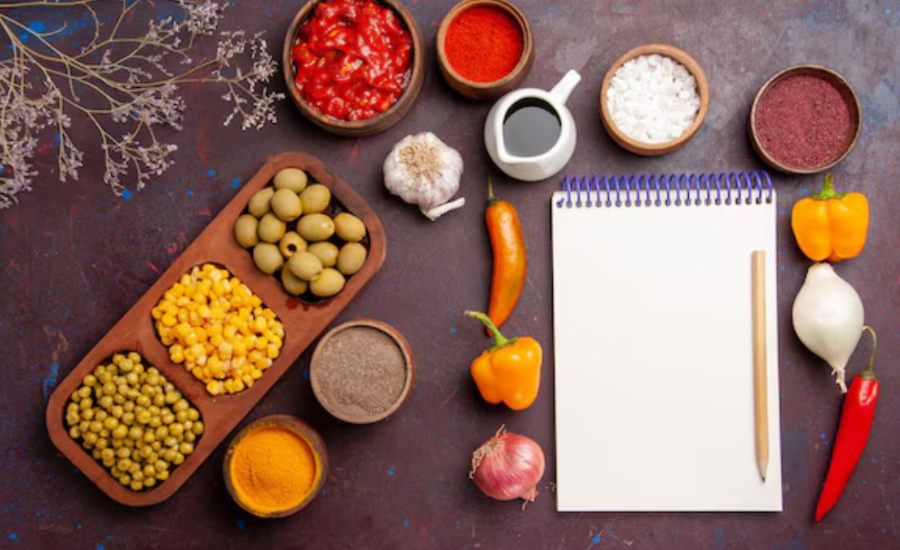
Penosia chili is an exciting ingredient to explore in the kitchen, adding a unique kick to a variety of dishes.
For a fresh, zesty salsa, combine chopped Penosia chili with tomatoes, onions, cilantro, and lime juice. The chili’s heat will elevate this classic dip, perfect for pairing with tortilla chips.
For heartier dishes, try incorporating Penosia chili into stews or sauces. Its depth of flavor complements meats like chicken or beef, enriching the entire dish with a warm, spicy undertone.
Vegetarians can also enjoy its magic by roasting vegetables with olive oil and a sprinkle of Penosia chili. This simple addition brings bold flavors to every bite.
Lastly, Penosia chili shines in marinades. Mix crushed chili with garlic, lime juice, and your favorite herbs to create a flavorful marinade for grilled proteins or tofu.
The possibilities are endless with this versatile chili, allowing you to experiment and discover new layers of flavor that will surprise and delight.
Growing Your Own Penosia Chili: A Guide To Success
Cultivating Penosia chili at home is not only satisfying but also provides a fresh supply of this flavorful spice. Follow these essential tips to ensure your chili plants thrive in your garden or balcony.
Sunlight and Location
Penosia chili plants love the sun. For optimal growth, choose a location where they can receive direct sunlight for at least 6 to 8 hours daily. Whether you plant them in the garden or pots, make sure they are in a sunny spot to encourage healthy growth.
Choosing the Right Soil
Good soil is the foundation of healthy chili plants. Use well-draining soil that’s enriched with organic matter, such as compost. This will provide the nutrients your plants need while improving the soil’s texture and drainage, creating the ideal environment for Penosia chili to flourish.
Watering and Plant Care
Consistent watering is key to keeping your chili plants healthy. Water regularly, ensuring the soil stays moist but not soaked. Overwatering can lead to root rot, so avoid waterlogging the soil. Additionally, keep an eye out for pests or diseases and treat them quickly to prevent any damage to your plants.
Harvesting Your Chilies
When the Penosia chilies have reached their full color—typically bright red or yellow—they are ready for harvesting. Use scissors or shears to carefully cut the chilies from the plant, being gentle to avoid harming the stems. Proper handling will help ensure a bountiful harvest for future growth.
The Future Of Penosia Chili in Global Cooking
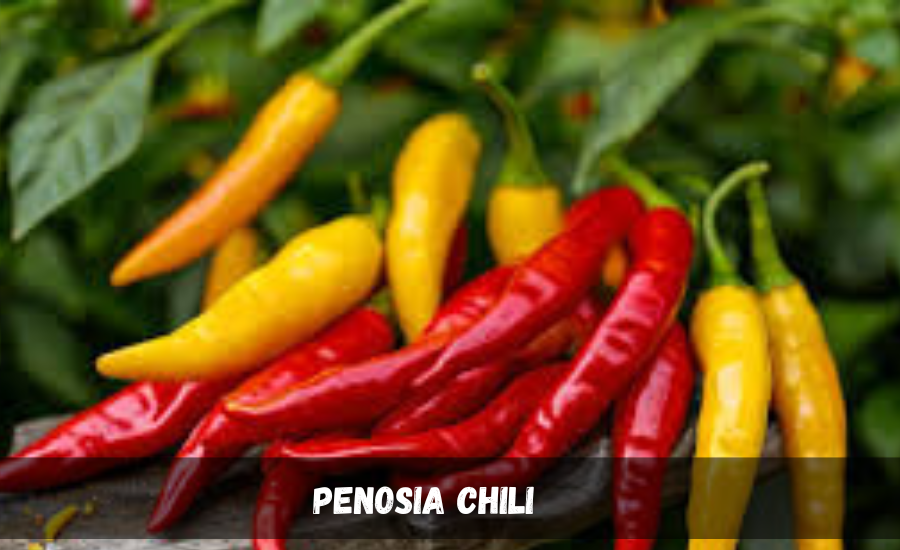
Penosia chili is set to take center stage in global kitchens as its distinct flavor and versatility gain recognition. Chefs and culinary enthusiasts are increasingly incorporating this unique chili into a variety of dishes, from traditional favorites to innovative fusion cuisines. Its balanced heat, combined with a smoky sweetness, makes it a versatile ingredient that can complement numerous cooking styles.
As people become more aware of the health benefits associated with spicy foods, the popularity of Penosia chili is likely to rise. From adding a kick to Mexican salsas and Asian stir-fries to enhancing Mediterranean spice blends, Penosia chili offers a way to intensify flavors without overpowering a dish. This balance makes it a valuable ingredient for chefs worldwide, ensuring its growing prominence in international gastronomy.
Moreover, with sustainability becoming a top priority for consumers, Penosia chili presents an appealing option for homegrown produce. The plant’s ability to thrive in various climates and its relatively short growing season make it an attractive choice for small-scale farmers and home gardeners. This focus on local, sustainable farming practices will further boost the chili’s role in the global food landscape.
FAQs About Penosia Chili
1. What makes Penosia chili different from other chili varieties?
Penosia chili is known for its unique balance of moderate heat and sweet, smoky flavor. It’s spicier than common peppers but milder than extremely hot varieties like the Carolina Reaper, making it versatile for a wide range of dishes.
2. How hot is Penosia chili on the Scoville scale?
Penosia chili typically rates between 30,000 to 50,000 Scoville Heat Units (SHU), offering a moderate heat level suitable for those who enjoy a kick without overwhelming spiciness.
3. Can I grow Penosia chili at home?
Yes! Penosia chili is relatively easy to grow at home, thriving in warm, sunny locations. It requires well-draining soil and regular care, including consistent watering and pest management.
4. What are the culinary uses of Penosia chili?
Penosia chili can be used in a variety of dishes, including sauces, salsas, soups, stews, marinades, and grilled meats. Its versatility also makes it great for vegetarian meals and even homemade spice blends.
5. Are there health benefits to consuming Penosia chili?
Yes, Penosia chili, like other chili peppers, is rich in antioxidants and capsaicin, which can help boost metabolism, improve heart health, and support the immune system.
Conclusion
Penosia chili is much more than just a spice—it’s an ingredient with the power to elevate any dish, offering a balance of warmth, flavor, and depth. Its growing popularity across the globe highlights its versatility in the kitchen, while its relatively moderate heat makes it accessible for a wide range of palates. Whether you’re using it in sauces, stews, or even creative projects beyond the kitchen, Penosia chili adds a unique touch.
As the world embraces more sustainable and homegrown food practices, Penosia chili’s adaptability to various climates and ease of cultivation make it a rewarding choice for home gardeners and chefs alike. With its increasing presence in global cuisine, this chili is set to become a staple ingredient in kitchens everywhere, delivering not just spice but also tradition and creativity.
Stay In Touch For More Updates And Alerts: Vents Tribune!

